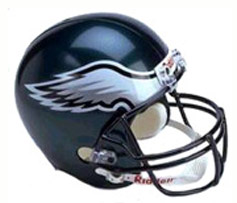
Simviation Forums
Flight Simulator and other chat









Sometimes it's just down to the girth of your passenger
TSC.






In order for a plane to spin, it must be fully stalled (both wings); but one has to be more stalled than the other, giving a strong turning tendency towards the more stalled wing.



Which usually happens when one wing stalls before another, like a stall in a climbing-turn, or in a cross-controlled situation.





Depends on the type of aircraft. Some aircraft tend to drop a wing at the point of stall. This can sometimes be quite violent & easily lead to a spin if not immediately corrected.* There are all sorts of aerodynamic devices to prevent this.
*PS. One classic example is the Bf 109.






So, how do you design a plane to ensure it returns to flight from a stalled state?


You make it inherently stable. There are various ways of doing this from using a large dihedral angle to washout on the wingtips.
A high-wing type is usually more stable than other types due to the pendulum effect of the low centre of gravity. The shape of the wing is also important & a sharply tapered wing will usually suffer from tip-stall problems.
Some aircraft have been designed from the outset to be impossible (or very difficult) to stall or spin but in most cases this affects performance. If they do happen to spin I wonder how easy it is to recover. One example is the highly efficient wing on the Cirrus SR20/22 series where the recommended spin recovery procedure is to deploy the emergency safety parachute. This will almost certainly damage the aircraft & possibly injure the occupants so the answer is to avoid spinning it if at all possible.

Users browsing this forum: No registered users and 379 guests